When you take a puppy home on his first day, you will feel quite
tempted to coddle him since he is so little and helpless.
Unfortunately, this will quickly turn your cute little fur ball into a
spoiled and hard to handle dog when it grows up, complete with behavior
issues that are harder to get rid of than they would have been to nip
in the bud from day one.
A prime example is training your dog for a leash. It is better to train a puppy than an adolescent or full grown dog for many reasons, but mostly because they are easier to handle when they are small. Once the dog gets older, it will be a lot harder to train them by leash because they have the ability to drag their owner in the direction they want to go, thus resulting in control issues.
Training Steps
Every new puppy needs to get accustomed to wearing a collar around his neck; this is the first hurdle to accomplish when leash training your dog. If you've ever had a puppy, you have probably observed that a newly introduced collar will elicit virtually every attempt possible by the dog to remove the it-- from scratching at his neck to rolling on the ground. It's not easy to watch your new puppy in distress. However, it is important to give the dog some time to adjust to the feeling of the collar; in short time, his attention will be diverted to something new and interesting.?If you remove the collar, you will reinforce the unwanted behavior he elicited to try to remove it, which only perpetuates the problem; if you leave it on, he will learn that his behavior will not result in the collar's removal.
After conquering collar acclimation, the next part of dog leash training is to attach the leash to the collar in the same fashion. Leave the leash attached to the puppy's collar while he is walking around or playing; it should drag around behind him. As with the collar, it will not take long at all for the puppy to forget the leash is even there. When you have accomplished this step, you may proceed to the next part of the process. One of the most crucial aspects to take with this step is to never leave a puppy by himself while he has that leash on, as this could result in injury or even death lest something goes wrong.
Starting in the home, where the puppy is accustomed to the surroundings, pick up the leash and take a walk around the rooms. It is important to leave enough slack between you and your dog, as this allows the puppy to walk alongside his master. The owner should promptly stop walking if the puppy begins to tug on the leash and issue a command for the puppy to return to the proper position. When he returns to your side you can start walking again as long as he stays at your side, keeping the leash loose between the two of you. The owner need to praise their puppy regularly to ensure that he understands that his obedience is commendable and that walking with his master is a pleasurable experience.
Learn more at:
Normal
0
14
false
false
false
MicrosoftInternetExplorer4
/* Style Definitions */
table.MsoNormalTable
{mso-style-name:"Tabella normale";
mso-tstyle-rowband-size:0;
mso-tstyle-colband-size:0;
mso-style-noshow:yes;
mso-style-parent:"";
mso-padding-alt:0cm 5.4pt 0cm 5.4pt;
mso-para-margin:0cm;
mso-para-margin-bottom:.0001pt;
mso-pagination:widow-orphan;
font-size:10.0pt;
font-family:"Times New Roman";
mso-ansi-language:#0400;
mso-fareast-language:#0400;
mso-bidi-language:#0400;}
Training Dog on Leash

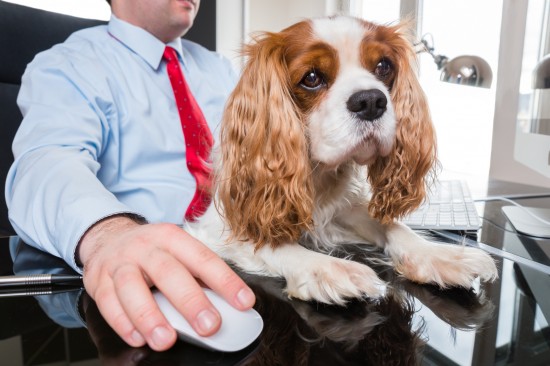 Pet Friendly Companies, And Etiquette When Taking Your Dog To Work
Pet Friendly Comp
Pet Friendly Companies, And Etiquette When Taking Your Dog To Work
Pet Friendly Comp
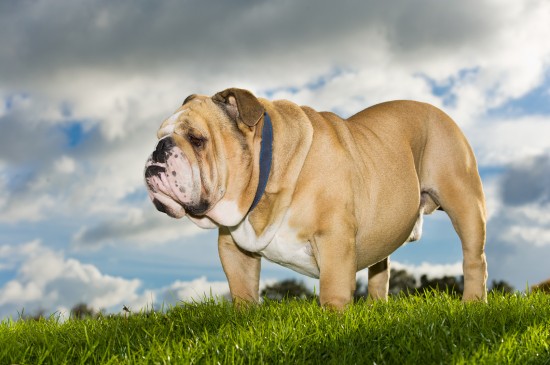 Bulldog Health Problems
Bulldog Health Pr
Bulldog Health Problems
Bulldog Health Pr
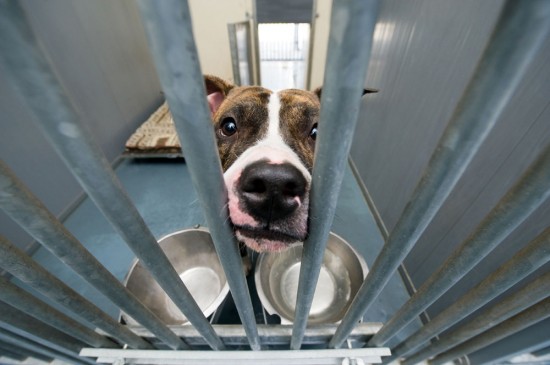 The Most Common Breeds And Types Of Dogs Found In Uk Rehoming Shelters
The Most Common B
The Most Common Breeds And Types Of Dogs Found In Uk Rehoming Shelters
The Most Common B
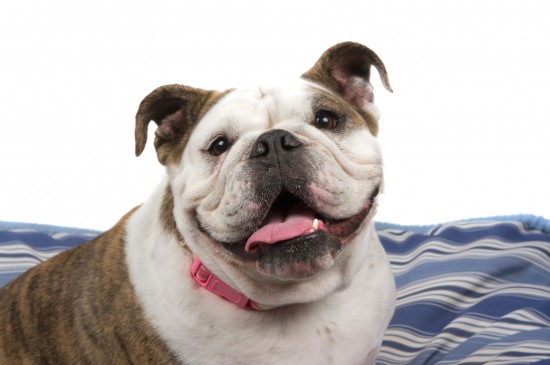 How To Cope With Two Chronic Illnesses Seen In Dogs - Cancer & Heart Disease
How To Cope With
How To Cope With Two Chronic Illnesses Seen In Dogs - Cancer & Heart Disease
How To Cope With
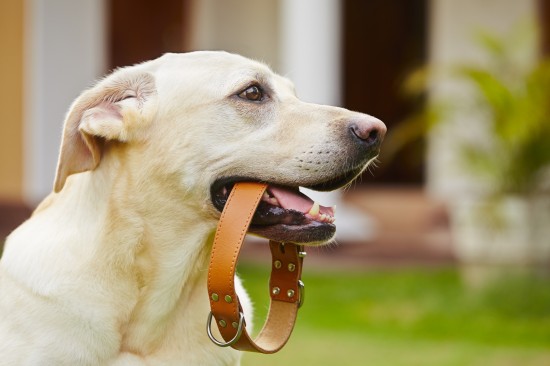 Is It Okay To Take A Dog For A Walk When Shes In Season?
Is It Okay To Tak
Is It Okay To Take A Dog For A Walk When Shes In Season?
Is It Okay To Tak